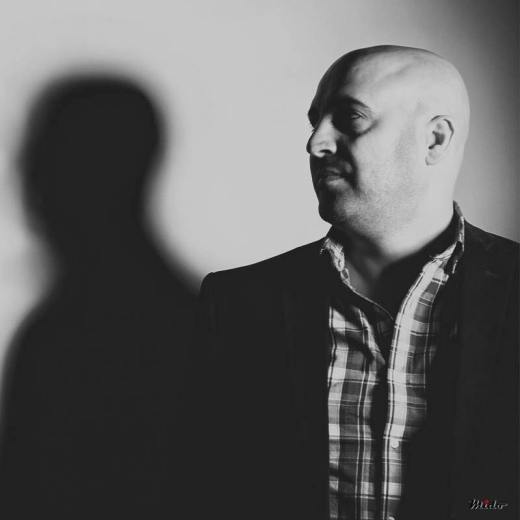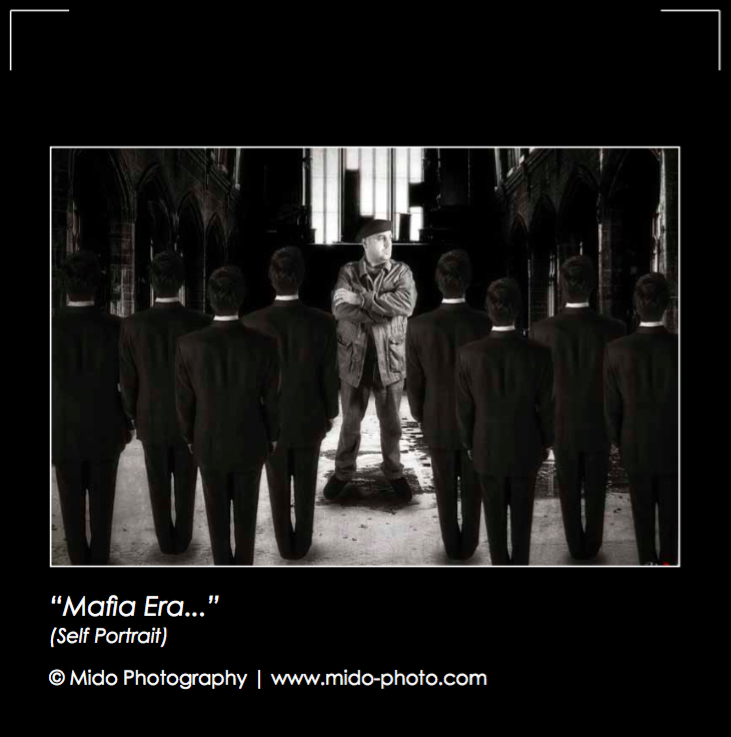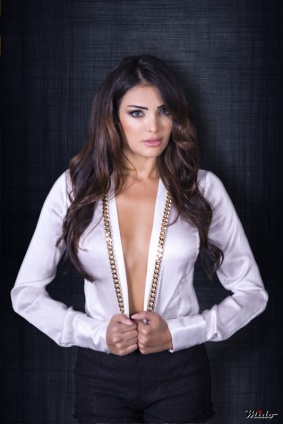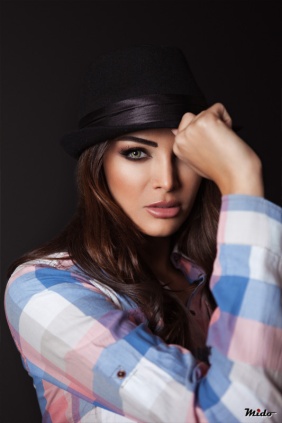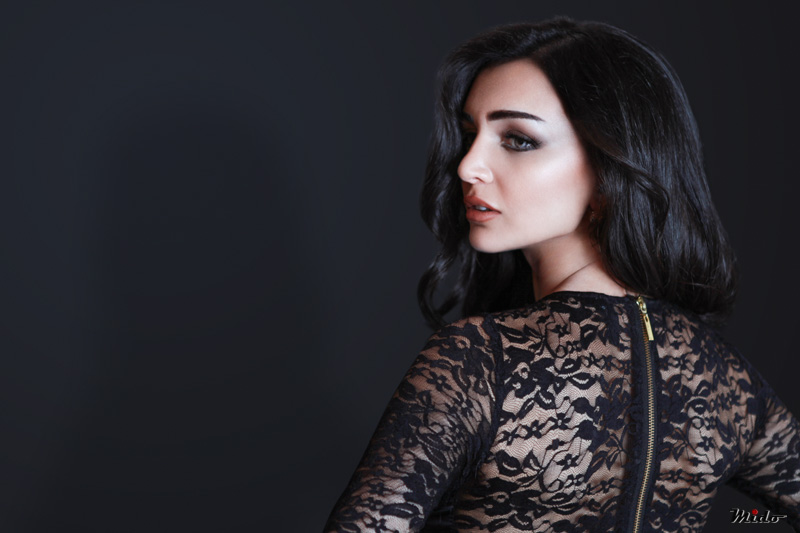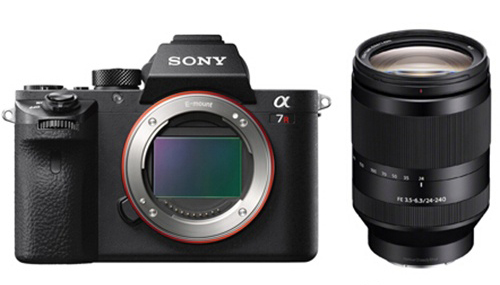
Another question i get asked all the time is “how to maintain my camera?!…”
First, you need to know that DUST and HUMIDITY are the two enemies of your camera!
HUMIDITY
It influences the sensor of your camera. Hence, it is important to keep your camera dry and away from extreme weather conditions when possible.
How many times have you walked out of your air-conditioned place and attempted to take a photo, only to find that the lens and eyepiece of your camera are both covered with condensation? Alternatively, you have spent the day taking photos in the snow. When you get back to your warm room, exactly the same thing occurs.
DUST
In order to effectively clean your equipment, use a soft cloth, such as a microfiber one, and wipe down the exterior to take off dust and other particles that could also creep inside the camera body.
Your shirt is not a suitable cleaning cloth!
LENS CLEANING
Do not spray the cleaning material directly to your lens. Spray the clean material into a microfiber cloth and wipe it slowly to the lens.
There’s a reason your camera comes with a lens cap…to protect the lens!
Lens hoods are another safety feature. Though they’re meant to block sun glare, they have the added bonus of protecting the edge of your lens.
BATTERY MAINTENANCE
Charge a battery only when it has completely discharged and ensure to charge it fully in one go. This simple habit will ensure much longer life to your batteries.
If you don’t plan on using your camera for an extended period of time, it is recommended that you remove the battery.
Even if you do not use your camera, remember to charge your batteries at least once a week.
DIRECT SUNLIGHT
Avoid putting your camera in a direct sunlight.
Do not put your camera inside your car for a long time especially when you park your car in an open space.
The excessive heat accumulation will increase the chance of damaging your camera.
CAMERA POWER OFF
Keep in mind that your camera has a computer system inside it and a sudden change of the electricity may damage it. That is why, you need to turn off the camera before you pull out the battery or memory card and also when you plug in your camera into your laptop.
USE THE AUTOMATIC SENSOR CLEANING
All new camera models have a built-in sensor cleaning systems that vibrate the sensor, or a filter above it to shake off any dust.
This can usually be set to activate when the camera is turned off.
GET A GOOD BAG!
The best way to protect your camera when it’s being transported is to carry it in a decent bag that provides plenty of protection from bumps and drops.
Makes sure that the bag is waterproof or has a waterproof cover to keep the contents dry.
FORMAT YOUR MEMORY CARD
It is recommended to have the habit of downloading all the images from the memory card at the end of a shoot and then format it in-camera.
Formatting the memory card removes all the images and clears any bits of data away so that it can give optimum performance. This is especially important if you intend to shoot lots of images at high frame rates.
CHANGING LENSES
Turn the camera off before changing the lens. That will reduce static charge on the sensor and lower the risk of attracting dust.
Make sure that outside of the rear lens element is clean and free of dust, before attaching it to the camera.
Changing the lenses while shooting should be done fast and in a way with your camera facing down to prevent the dust from reaching your sensor and also allow any dust to fall out of the camera!
Avoid (as far as possible) changing lens outside, especially in windy and dusty conditions.
SENSOR CLEANING
The most talked about issue!
There is nothing more irritating than to see blotches on your photos. When magnified those pesky dust spots can definitely ruin a photograph.
A landscape photographer who is outdoors will pick up more dust and dirt than someone who shoots indoor or in studio.
I always advise to take it to be professionally cleaned.
Damaging a sensor is expensive…



